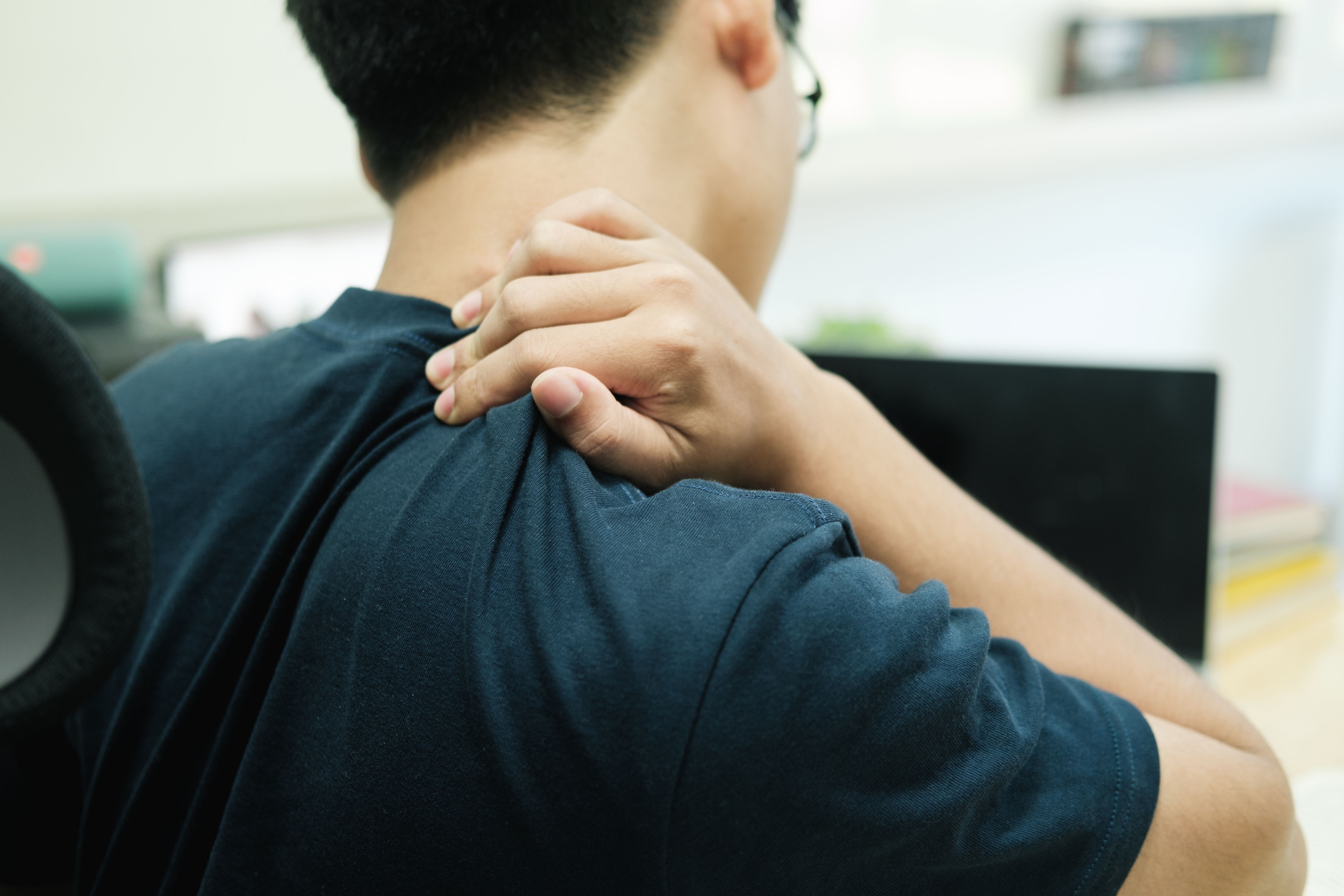- Acne
- Actinic Keratosis
- Aesthetics
- Alopecia
- Atopic Dermatitis
- Buy-and-Bill
- COVID-19
- Case-Based Roundtable
- Chronic Hand Eczema
- Chronic Spontaneous Urticaria
- Drug Watch
- Eczema
- General Dermatology
- Hidradenitis Suppurativa
- Melasma
- NP and PA
- Pediatric Dermatology
- Pigmentary Disorders
- Practice Management
- Precision Medicine and Biologics
- Prurigo Nodularis
- Psoriasis
- Psoriatic Arthritis
- Rare Disease
- Rosacea
- Skin Cancer
- Vitiligo
- Wound Care
Article
Keeping Best Ergonomics Practices at the Forefront in Mohs Surgery
Author(s):
An ACMS poster session indicates Mohs micrographic surgeons and histology technicians are at high risk of developing musculoskeletal injuries from their day-to-day tasks.
Work-related musculoskeletal injuries (MSI) are common among Mohs micrographic surgeons and histology technicians due to body positioning as they have their heads constantly tilted forward, are bent at the waist, and oftentimes slouch the upper back. In a poster session presented at the 2023 American College of Mohs Surgery Meeting in Seattle, Washington, researchers explored methods to improve ergonomics and reduce MSI while serving patients at the bedside, at the microscope, and at the cryostat.1
Poster presenters looked into research recently conducted on common positions held during Mohs procedures. Nearly 90% of Mohs histotechs surveyed reported musculoskeletal problems in 2 or more body parts assessed in the last 12 months. “Standing during specimen processing was correlated with having neck pain and upper back pain, while sitting was protective against lower back pain,” investigators shared.2
Providing Bedside Care
Improper positioning is incredibly common while treating patients at their bedside. Often, heads are tilted forward, you are bent at the waist, and the upper back is slouched. Proper positioning takes muscle memory and self-awareness to keep your head above the shoders, position your shoulders back, put your hips forward, and tuck the chin.
Looking Into the Microscope
Those who consistently look into a microscope should consider bending their neck less than 20 degrees to look in the eyepiece. The optical path distance is recommended at 45 to 55 cm. While sitting in a chair or stool, shoulders should be centered over the hips.3
Utilizing the Cryostat
Arms should be held close to your torso to avoid “winging.” Study researchers recommend the avoidance of resting forearms on the cryostat. They also encourage Mohs professionals to reduce the neck and truck flexion to less than 20 degrees.
In conclusion, the researchers behind this poster presentation said it is crucial in all Mohs roles to keep your chin tucked, shoulders back, hips forward, and head above the shoulders. If possible, patients and work surfaces should be placed at a “high piano player height” to avoid injury.4
References
1. Grushchak S, Yale K, Sklover L, Lee P. Ergonomics in Mohs Surgery at the Bedside, Microscope, and Cryostat. Poster presented at the 2023 American College of Mohs Surgery Meeting;May 4-7, 2023; Seattle, WA. https://acms.planion.com/Web.User/AbstractDet?ACCOUNT=ACMS&ABSID=119464&CONF=AM2023&ssoOverride=OFF&CKEY=8A7Y39186
2. Shah, K., Maruthur, M., Phillips, W. et al. Ergonomic and psychosocial risk factors associated with work-related musculoskeletal disorders in Mohs histotechs. Arch Dermatol Res 315, 917–923 (2023). https://doi.org/10.1007/s00403-022-02428-x
3. George E. Occupational hazard for pathologists: microscope use and musculoskeletal disorders. American Journal of Clinical Pathology. Volume 133. Issue 4. April 2010. Pages 543–548, https://doi.org/10.1309/AJCPUXDS5KJKRFVW
4. Carley SK, Strauss JD, Vidal NY. Ergonomic Solutions for Dermatologists. International Journal of Women's Dermatology. 2021;7(5):863-866. doi:10.1016/j.ijwd.2021.08.006
Newsletter
Like what you’re reading? Subscribe to Dermatology Times for weekly updates on therapies, innovations, and real-world practice tips.
















